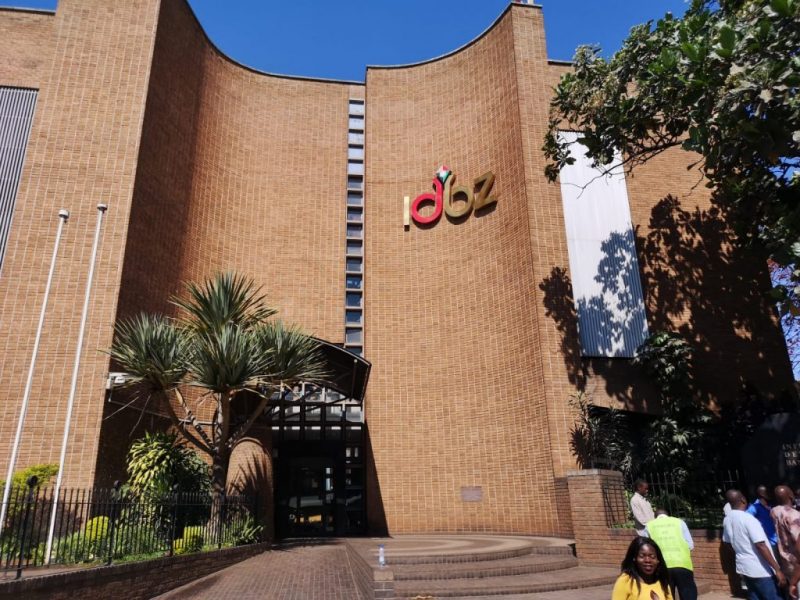IDBZ targets students housing countrywide
The Infrastructure and Development Bank of Zimbabwe (IDBZ) is targeting to roll out additional students’ accommodation facilities around the country in a bid to create a good learning environment for tertiary students.
IDBZ chief executive, Thomas Zondo Sakala, said the bank was at various project development stages for other facilities in Lupane, Kwekwe, Bindura, Chinhoyi, Masvingo, Gweru, Gwanda, Mutare, Harare and Chipinge.
Already, some special purpose vehicles (SPVs) to mobilise funding for student accommodation facilities at four universities have been created.
These are Campus Oasis for Lupane State University (LSU), Catholic University of Zimbabwe Students Hostels Private Limited, Multi BUSE Properties Private Limited for Bindura University for Science Education and Sesevven Heroes Campus Private Limited for Chinhoyi University of Technology.
The SPVs are modelled on the Bulawayo Student Accommodation Complex, which was commissioned by President Mnangagwa last Friday and funded to the tune of US$17,5 million.
To develop and deliver the Bulawayo facility, the IDBZ first purchased the land from a private owner who already had the designs but could not raise the money for implementation.
To mobilise funding for the project, the bank then created an SPV called Zimcampus Properties Private Limited to implement, own and operate the complex.
As a deliberate strategy, anchored on playing a catalytic role and enabling IDBZ to work on several similar projects across the country, the IDBZ deliberately diluted its shareholding to a minimum.
Thus, after Bulawayo facility, the respective shareholding of the three private investors and the IDBZ stands as follows: IDBZ, 7,67 percent, Motor Industry Pension Fund, 19,44 percent, Old Mutual Life Assurance Company Zimbabwe Limited, 49,37 percent and Zimnat, 23,52 percent.
Through Zimcampus, the IDBZ secured funding commitments from Old Mutual, Zimnat and Motor Industry Pension Fund.
There are also a number of nominees invested through Old Mutual and Zimnat.
Among them is the Public Service Commission Pension Fund who contributed about US1,8 million by the time the project was completed.
The partners have rights to participate in the project revenues proportional to their contribution to the development of the facility.
The Zimcampus board has since appointed Old Mutual as the facility manager.
Until then, the IDBZ was responsible.
The complex boasts 516 double rooms, accommodating 1 032 students.
The ground floor offers 33 commercial units for businesses like food courts, grocery shops, a sporting facility, a bookshop, banks, a pharmacy, laundromats and supermarkets, exemplifying a modern world-class facility.
Students benefiting from the facility are from institutions like the National University of Science and Technology, Bulawayo Polytechnic College and the Zimbabwe School of Mines.
Notably, female students will be the primary beneficiaries, with a 60 percent quota set aside for them.
Sakala said the bank had already spent close to US$1 million towards project preparation for LSU and US$600 000 for the Catholic University.
“The resources are from our Project Preparation and Development Facility (PPDF),” said Sakala.
“It (The PPDF) needs to be optimally resourced, especially given the fact that there is a significant timelag before these outlays are recovered and re-invested through the PPDF.”
He said the bank had accelerated preparations for similar developments at Lupane, Kwekwe and the Catholic University in Harare and “we have already funded the designs for these three sites.”
Accommodation for students remains a challenge nationwide, with students forced to stay in inappropriate environments. A significant number stay in private homes without safety and good hygienic conditions.
In 2016, out of about 70 000 enrolled in various State universities across the country, only just under 11 000 were provided with accommodation.
The remaining 59 000 students head to make their own arrangements. The situation created a lot of learning, social and security risks for the students, especially the girls.-ebsinessweekl









